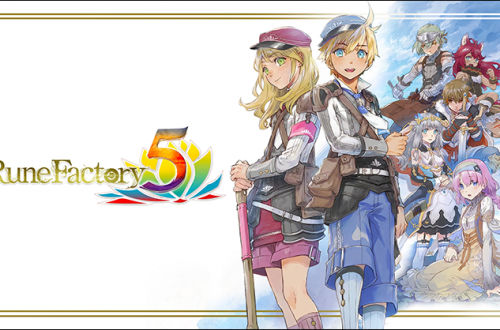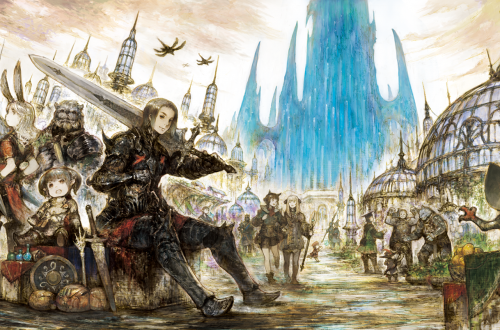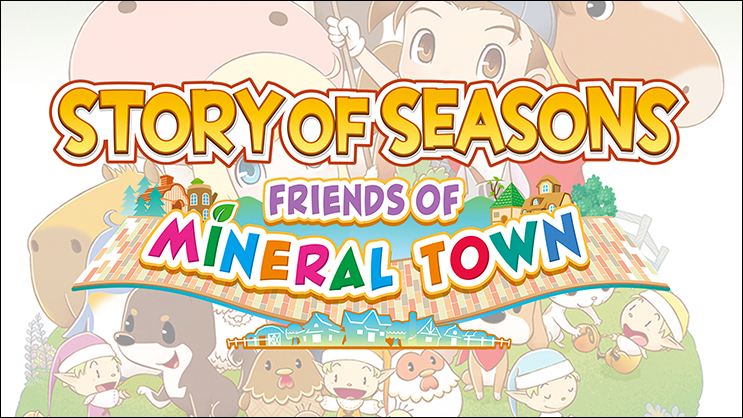
How to Profitably Allocate Your Time in ‘Friends of Mineral Town’
A lot has changed in the Friends of Mineral Town remake, including the addition of more lucrative means to make a profit on your farm. There are plenty of chores and errands to do in Friends of Mineral Town as the game progresses, but what are the essential tips to turn your farm into a self-sustaining money-maker? Here are a few basics plus seasonal tips to make the most of the different seasons in Friends of Mineral Town.
Bear in mind, some of these can be spoiler-y. If you’re looking for a clean-slate experience, this guide may not be right for you. Happy farming!
NOTE: Story of Seasons: Friends of Mineral Town is a remake of the 2003 GBA release Harvest Moon: Friends of Mineral Town. You can read more about the company’s rebranding here.
Basics In ‘Friends of Mineral Town’
Your wallet will be nearly empty when you first start out, and you’ll only be able to purchase a few crop seeds from Jeff’s supermarket. An easy way to begin increasing your days is by placing the axe, hammer, and hoe in your tool pockets, and heading south of your farm to mother’s hill to pick up everything you can find—flowers, colored grass, and bamboo shoots next to the lake. Don’t forget to toss a flower into the Harvest Goddess pond, and sell the rest. If you come across any branches on the ground, hit them with your axe to turn them into lumber, and store it in your cabinet. Lumber is used to upgrade your farm house and other farm buildings, so don’t sell it (it isn’t worth anything, anyway).
Mining + Save/Load
After you’ve cleared mother’s hill, rest up in the hot springs, and head into the spring mine.
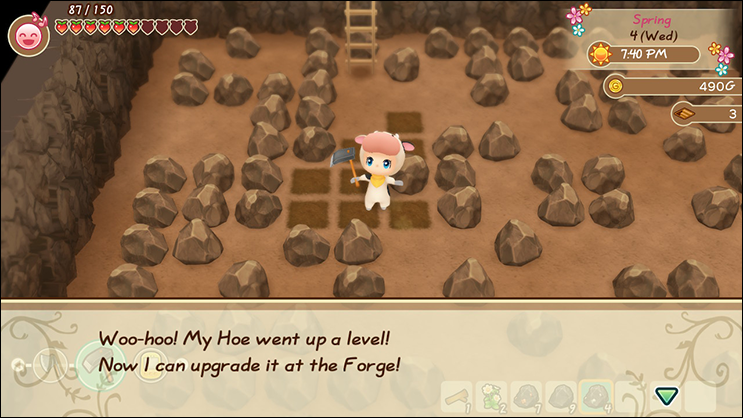
In the mines, you can sell all of the ore you find for easy G, and you can level up your tools in the process—win, win! To make a quick profit, try reaching level 10 of the mine to find orichalcum. Orichalcum ore will sell for 50 G each. An easy way to progress further into the mines is by using the save/loading trick.
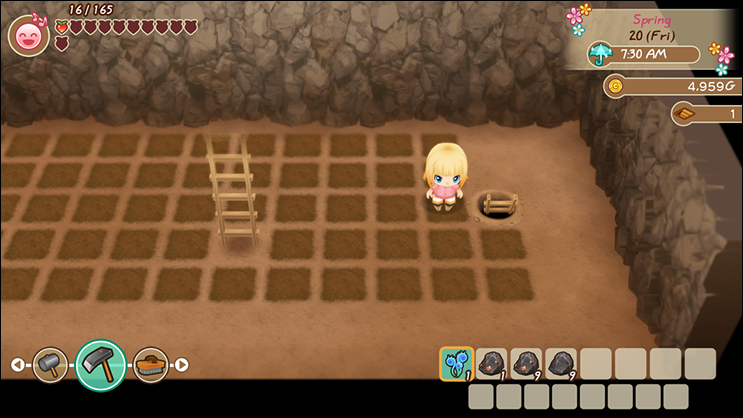
On floor one of the mine, save your game before doing anything. Next, clear some space with your hammer and then use your hoe to till the dirt. Eventually, stairs will appear in the dirt. Make a mental note of where those stairs are and then load the save file. Till the earth once more to immediately find the stairs leading down, and go down to the next level. Save immediately on this next floor, and repeat. By doing this, you can save more of your stamina which you can then use to use your hammer on more rocks once you’ve reached floor 10.
Animals
Once you have enough money leftover from buying crop seeds, you should purchase chicken/rabbit feed from Lillia and purchase your first chicken. Chickens are very low maintenance, and in the summer you can mill corn grown on your farm into chicken/rabbit feed, so only purchase enough feed to make it through to summer when you can harvest corn on your farm. One bushel of corn grown on your farm will turn into 30 sacks of chicken/rabbit feed at the water mill located next to your chicken coop. Corn takes 15 days to fully mature, and it regrows every three days.
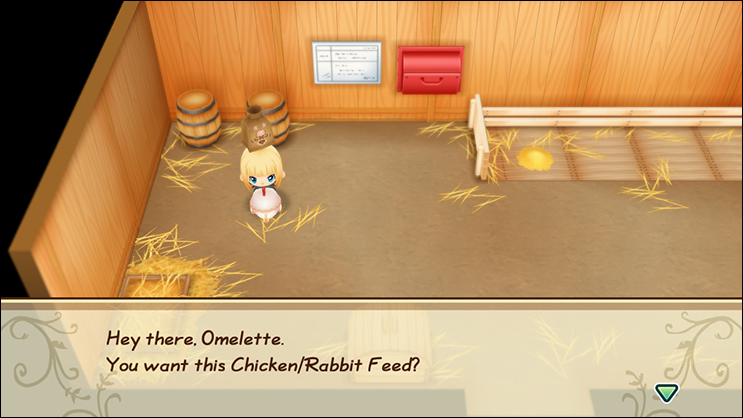
A chicken with 0 to 3 hearts will produce a regular egg that sells for 50 G, but it’s best to wait and max your first chickens heart to 5 before choosing to place their egg in an incubator. I explain the breeding process and why it is crucial here.
Livestock byproducts can fetch for a hefty price if the quality is high enough, and if you user a maker machine to turn a byproduct into yarn, butter, or cheese, the shipping price goes up significantly, so breeding is definitely worth investing in. For example, a sheep with 0 to 4 ❤️’s will produce a small wool when sheared. This small wool from your sheep costs 400 G . However, if you toss the small wool into the yarn machine, the yarn maker will produce a small yarn that ships for 530 G.
Milk from your cows can be made into butter or cheese, but eggs don’t have a designated maker machine. Instead, if you have the kitchen unlocked you can use oil and an egg to make mayonnaise. From what I know, mayonnaise will be an automatically learned recipe once your kitchen has been made.
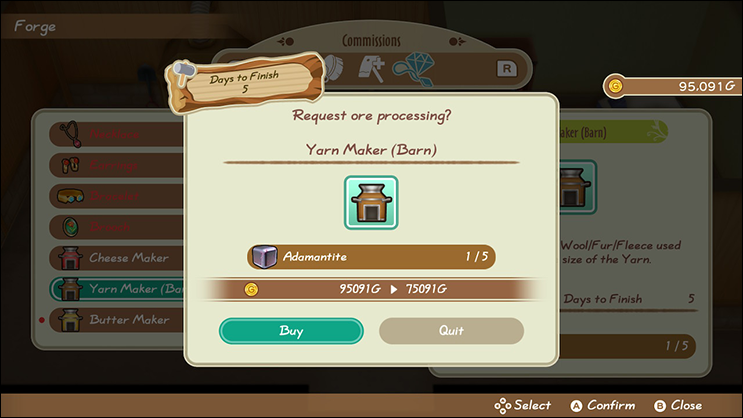
After you’ve upgraded your house, Gotts will offer his services to upgrade your animal barn and your chicken coop. By upgrading your animal barn and your chicken coop, Saibara will provide a new commission at the blacksmith shop for the yarn maker, butter maker, and a cheese maker. Each maker machine is fairly expensive (about 20,000 G each), and requires one adamantite from the lake mine next to the harvest goddess pond. Adamantite can be find on floors 10 through 255.
Crops For Profit
Seeds can be planted after enough space has been cleared of obstacles; grab tools (hoe, sickle, watering Can) from your tool box located in your house and right outside your farm door, and start clearing away branches, rocks, and weeds.
At the beginning of each new season your crops will wilt. I suggest using your sickle on all of your crops at the end of each season. ideally on the 30th. By using a sickle on your crops the day before a new season, you can get an early start on sowing seeds, and you can avoid using precious stamina that could otherwise be used watering your new crops.
If you do happen to have seeds for the new season, do not plant them until day one, because they will wilt in the crop fields—new crops for a new season must not be planted before day one.
Seeds can be purchased from Jeff’s supermarket and Huang’s shop at the beach. Huang has more expensive (and more lucrative seeds) at his shop. One bag of seeds will cover a 3×3 square of space on your field, and you can now walk over your crops so you no longer have to create the 8-tile method for your seeds. Jeff’s seed inventory is specific to the current season you are in, but Huang will have his seeds available all year long. Extra bags of seeds can be stored in the tool box.

Use the watering can at the watering hole by the horse barn, then sprinkle the seeds with water. Crops should be watered once per day; watering crops a second time will not make the plants grow faster in this version of Story of Seasons. Crops do not need to be watered on rainy days.
After several days the crops will be ready to harvest! Some crops can only be harvested one time and some can be harvested multiple times. Keep in mind that crops cannot grow in winter! In fact, I suggest not using your sickle on your crops at the end of autumn, since they’ll be replaced with snow anyway.
Crop Star Rank
The crops you can grow have an associated star rank; the more stars the crop has, the more gold you can receive when you sell the crop. Flowers do not have a star rank in Story of Seasons: Friends of Mineral Town.

The crop field determines the available ranks your crops can have, and your crop fields can be upgraded by Gotts after year 2. The rank of the harvested crop is randomly determined when you harvest from the plant based on your current field level. Each year you can increase the quality of your farm soil by paying Gotts a fee. Lumber and Material stone isn’t required for the crop field upgrades. He offers five field level upgrades:
- Level 2 = Year 2 or later, 20,000 G
- Level 3 = Year 3 or later, 50,000 G
- Level 4 = Year 4 or later, 100,000 G
- Level 5 = Year 5 or later, 300,000 G
The field left by your grandpa (Level 1) will mainly produce 1-star crops, but there’s a slight chance that you’ll also harvest 2-star crops. Upgrading your field to level 2 will still produce 1-star crops and 2-star crops, and now has a slight chance of producing 3-star crops, and so on.
Grass Seeds
No matter which difficulty you choose at the beginning of Friends of Mineral Town, a patch of grass will begin spreading at the southeast corner of your crop fields. By using your sickle on the grass, you can collect fodder to place in your silo (the silo is located to the left of the animal barn). Grass/fodder cannot be sown/harvested in winter, so be sure to collect any grass with your sickle before the end of autumn. Fodder can be fed to your barn animals—cows, sheep, and alpacas.
Grass costs 500 G per at Jeff’s supermarket, and it only takes up one square of space in your crop fields, so it can be very costly to grow back if you collect it all before it spreads across your fields. In order for the grass to spread, you must also clear your crop fields. This can be extremely beneficial to you if you’re trying to upgrade your tools.
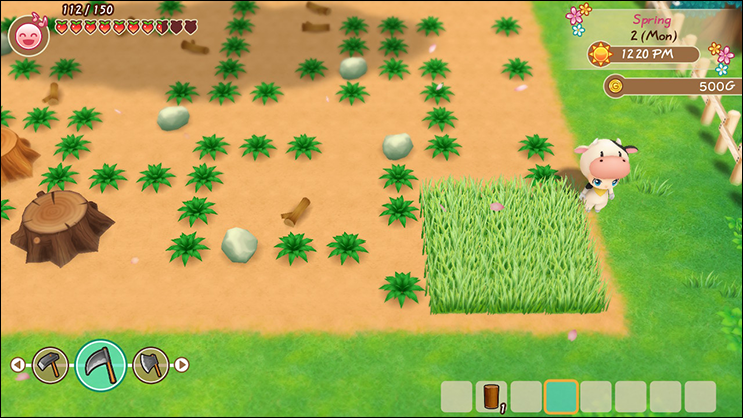
Why bother growing grass at all, you ask? Spending 500 G to harvest all of the grass at the end of your first year will give you a significant surplus that you can use until spring, maybe even summer, of your next year. Also, barn animals can’t graze in the winter because grass won’t grow in your fields—so be sure to harvest before the end of autumn!
Grass will become dormant in winter and cannot be harvested. You may let your livestock outside during winter, but there won’t be anything for them to eat. When spring comes back around, there is a 70% chance that the dormant grass will return; so while you may want to harvest all of it before winter 1, it is a good idea to leave some fodder grass in the pasture area of your field for springtime.
When harvesting grass and weeds from your fields, you may come across wild colored grass, too. Colored grasses can be given to the Nature Sprites, and if you’re friendly enough with them, they’ll assist you with your farm work.
Shipping Assets/Balance Book
Zack will come by your farm at 5:00 p.m. every day (excluding holidays) to pick up anything you’ve placed in your shipping bin—this is how you make money in the game.
At the end of each day, a screen will appear that will show you how much gold you made that day. Unfortunately, you can’t split this down into an in-depth summary, but you can examine your bookshelf to see a farm assets sheet, which is slightly more in-depth than the original Friends of Mineral Town assets sheet.
The assets sheet breaks down net earnings daily, seasonally, and annually. Under these three categories (daily, seasonal, and annual) you can keep track of of your income, expenses, and totals. Under the “daily” category, each individual day of the month is neatly broken down to show your income, expenses, and totals. For example, if you didn’t make any money one day, but you spent 2,000 G, your totals would be -2,000 G for that day, and so on.
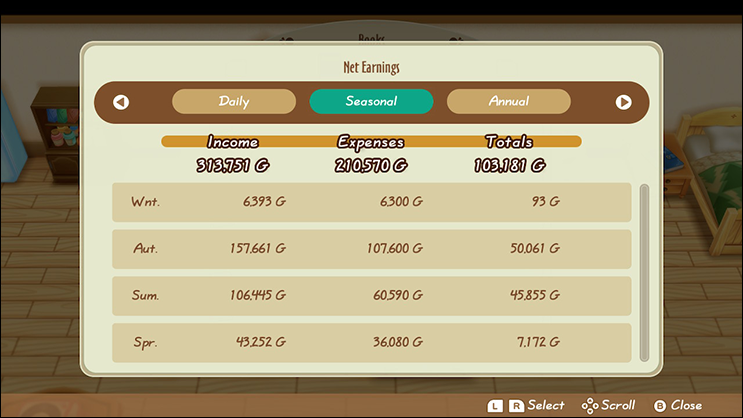
Under “Records” in the bookshelf, you can find a sheet that will tell you Nature Sprite mini-game high scores, the frisbee mini-game that you can play with your pet, the lowest floors you’ve reached in the mines, and how many moles you’ve hit with your hammer in your crop fields. This sheet also tells you the max amount of gold you’ve obtained/spent in one day and one month.
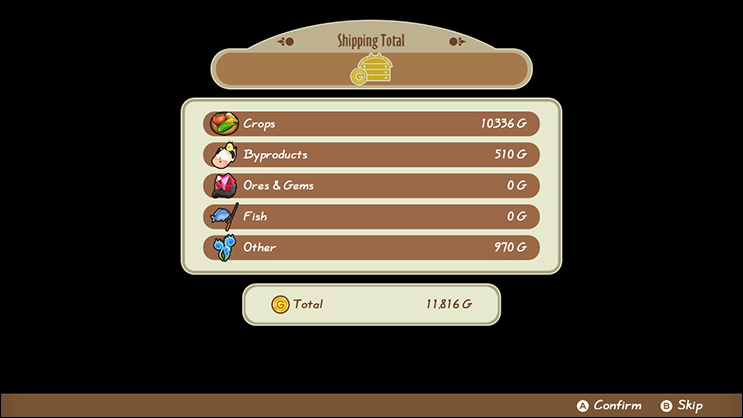
Fogu has created an amazing “Master List of Shippable Items” here. On this page, you’ll see a list of prices for items that can be sold in your shipping bin. Obviously, higher quality livestock byproducts will yield more gold, and crops with a higher star quality ranking will sell for more (largely depending upon the crop variety). For example, a 1 ⭐️ Pineapple sells for 500 G and a 5 ⭐️ Pineapple sells for 700 G.
Spring ?
If this is your very first spring, you should first spend gold on turnip seeds at Jeff’s supermarket. If you started the game on “easy mode”, then you should already have some growing in your crop fields. Till the crop field with your hoe without leaving any spaces in-between, and plant new turnip seeds to get a head-start in making money. The turnip seeds cost 120 G from Jeff’s supermarket, and don’t forget to water them everyday with your watering can. You can refill your watering can next to the fish pond located near the entrance of your farm.
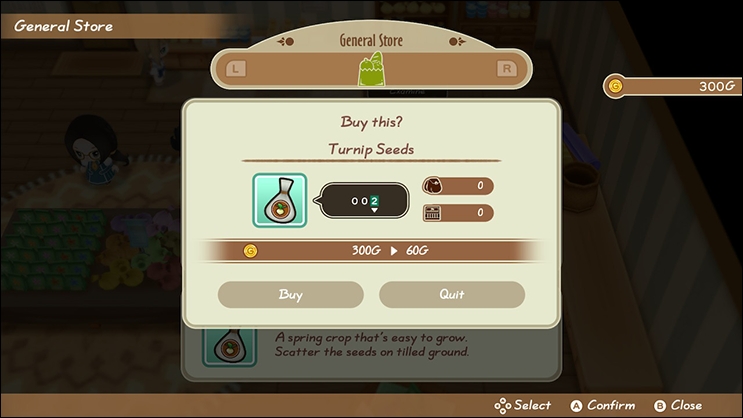
After you’ve planted some seeds, be sure to travel to mother’s hill to collect colored grass, toy flowers, moondrop flowers, and chop the wood the you find with your axe. All resources spawn randomly on a daily basis, so check back frequently. You can sell the flowers or give them as gifts. After you’ve made some money, be sure to go back to Jeff’s supermarket to purchase other crops. Potatoes take a total of eight days to grow, and the 1 ⭐️ and 2 ⭐️’s will give the most profit and less work is required. Cabbage can be purchased form Huang’s shop for 500 G each and they take 15 days to mature, but they sell for 250 G at 1 ⭐️.
Cucumbers will mature 10 days after you plant (and water them!) every day, afterwards, they will regrow every five days. If you throw 10 cucumbers into the lake (to the left of the harvest goddess spring) 10 days in a row, you’ll receive a rare blue berry that reduces stamina and fatigue loss by half. Usually when you use tools in certain weather conditions (rain and snow), you’ll add points to your fatigue. For example, using a tool outside when it is raining will add +1 fatigue point to your overall fatigue. This special berry will cut that by 50%, allowing you to conserve your fatigue and work for longer before reaching 100 fatigue, and passing out.
Strawberry Seeds ?
By shipping 100 turnips, potatoes, and cucumbers on your farm, you will unlock the strawberry seeds at Jeff’s supermarket.
Summer ☀️
To ensure the maximum profit from your crop fields in the summer, be sure to purchase pineapple seeds from Huang at Zack’s shack located at the beach. Huang sells pineapple seeds for 1,000 G per, but 1 ⭐️ sells for 500 G; it quickly adds up, especially if you plant 4-5 fields of them at once, and pineapple seeds are the biggest cash crop of the summer season, so take advantage of it.
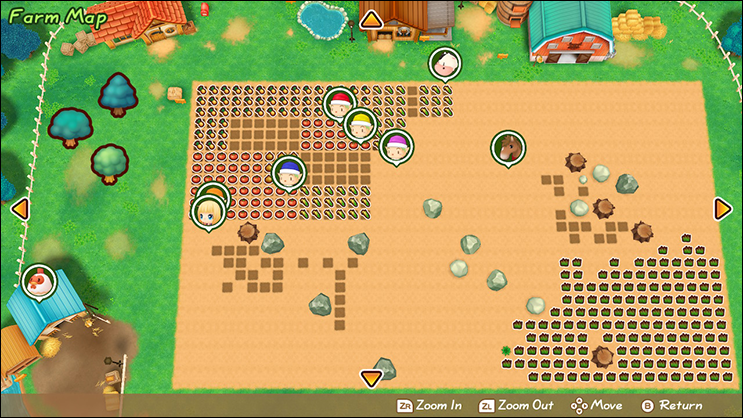
Pineapple takes 21 days to mature, and they regrow every five days, so be sure to water them daily.
Pumpkin Seeds ?
By shipping 100 tomatoes, corn, and onion on your farm, you will unlock the pumpkin seeds at Jeff’s supermarket.
Autumn ?
Autumn has an abundance of crops to choose from, but the biggest 1 ⭐️ cash crop are carrots. Carrots will sell for 120 G (1 ⭐️), while spinach will sell for 110 G (1 ⭐️). Once you have spinach unlocked, you should prioritize shipping it instead, since spinach seeds are only 110 G and spinach will mature slightly quicker. The 5 ⭐️ carrot will sell for 168 G, while the 5 ⭐️ spinach sells for 154 G.
Spinach Seeds ?
By shipping 100 carrot, eggplant, and yam on your farm, you will unlock spinach seeds at Jeff’s supermarket.
Winter ❄️
Most of winter is spent upgrading tools, spelunking in the mines, and waiting for spring. Snowstorms and blizzards will pass, so be sure to check the weather channel on your TV every morning. Snowstorms and blizzards will prevent you from going outside, and all you can really do to pass the time is cook, play fetch with your pets if you purchased a ball from Huang, or just go back to sleep. On the 1st day of winter, it’s a good idea to clear the rocks and branches from your field. Fresh rocks and branches will drop every time a snowstorm or blizzard passes through, so it’s always a good idea to clear as much of it as you can in order to maximize your resources
I could be wrong, but it seems like more branches/lumber will spawn on mother’s hill in the winter—it really is the perfect time to increase your resources and upgrade your farm buildings. I ended my first year with the final house upgrade, and all of my farm buildings were upgraded. It’s entirely possible to have finished all of the upgrades if you spend every season working towards gathering resources.
Winter is also the perfect time to give gifts to the villagers. Ellen in particular will give you something special if she likes you. After you’ve raised Ellen’s friendship to eight friendship notes, visit her between 9:00 a.m. and 11:00 a.m. (excluding Wednesday’s) during winter and give her a ball of yarn. Yarn can be made by shearing a sheep, alpaca, or angora rabbit for its wool, and turning it into yarn using a yarn maker machine. Maker machines can be purchased from Saibara after you’ve upgraded your farm buildings. You’ll need adamantite from the mines to request construction of a maker machine. The items you receive from maker machines—yarn, butter, etc.—yield a much higher profit than the byproducts alone.

When you give yarn to Ellen, you will spend all day waiting for her to finish her task, returning to your farmhouse at 6:00 pm to hang the stocking from the hook on the wall. Ellen only knits stockings between winter 1 and winter 23. Easy gifts for Ellen worth +9 FP include honey, wool, and flour.
On the evening of the 25th, go to bed between 9:00 pm and midnight. When you check your stocking the next morning, you will be randomly rewarded with an alexandrite, mithril, moonstone, orichalcum, or sandrose. Note that the game determines what your gift will be on winter 24th; so if you save on the 23rd and you don’t get the item you want, you can reload the game to obtain a different gift. I tried save loading on winter 24th and I received the sandrose six times in a row. You will also earn +20 FP with Mayor Thomas. Alexandrite is the ideal gift, as it’s tough to find in the winter lake mine, and it sells for 10,000 G.
I suppose the endgame goal is to unlock the Town Villa from Gotts (1,000,000 G!), but to get there, you’ll need to make a sustainable farm that will produce the bulk of your earnings. Overall, it’s fairly easy to make a profit from your farm in the Friends of Mineral Town remake, but finding the right balance between relationships and work is the real key to success. You’ll discover ways to plan ahead as you play along, and you’ll settle into your own routine as you play.
Image Credits: Story of Seasons


